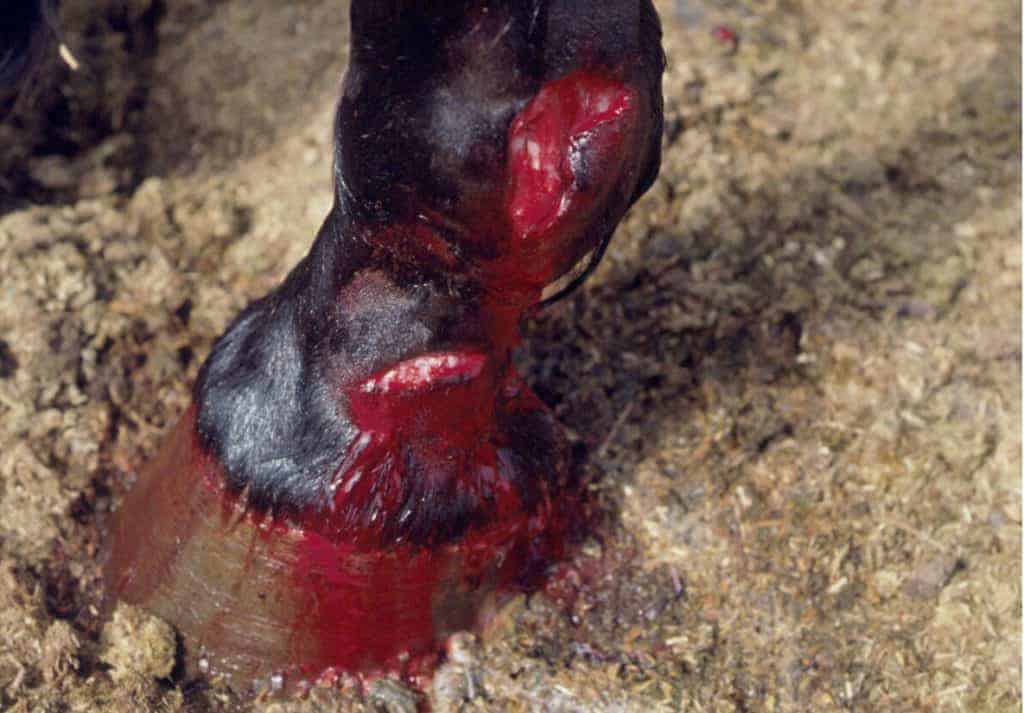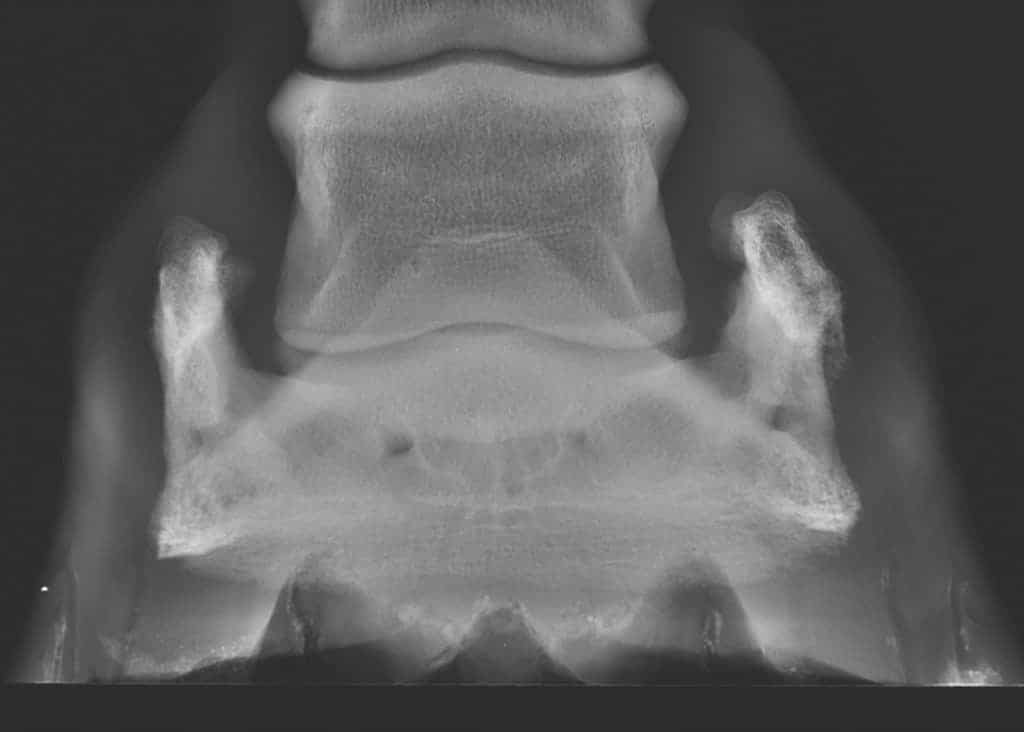
Tips for Managing Acute Laminitis
Beginning treatment during the acute phase helps give the horse the best chance of recovery. Here’s what to know.

Beginning treatment during the acute phase helps give the horse the best chance of recovery. Here’s what to know.

Learn about the steps vets and stallion managers can take to help improve the quality of cooled and frozen semen.

Understanding which factors hinder sperm production can help managers and vets take steps to help improve fertility.

Knowing how and being prepared to triage serious wounds can help improve a patient’s likelihood for a good recovery.

Learn how to manage these challenging cases and improve the mare’s chance of producing a live foal.

Some horses can develop lameness associated with injury of ossified ungular cartilages or the adjacent coffin bone.

Researchers found that firocoxib and flunixin reduced horses’ pain scores similarly following colic surgery.

Frozen semen offers many advantages, but it is important to understand that not all frozen semen is the same.

Dr. Sue Dyson shares her tips for ensuring your horse’s saddle fits well and doesn’t interfere with his performance.

Researchers found that vaccination with the currently available canine product could offer some protection for horses.

Growing horses require specific nutrients, vitamins, and minerals to aid in proper development.

The statement summarizes the current knowledge about ulcers and is designed to provide guidelines for veterinarians.
A scramble-style golf tournament and the AAEP Foundation Celebration will both raise funds to improve horse welfare.

Domestic horses’ reproductive efficiency is often lower than that of feral horses. Does modern husbandry play a role?

Find out how to ensure your senior horses stay healthy all through their golden years.
Lecture topics included angular and flexural limb deformities, diagnosing and imaging hoof problems, and more.
Stay on top of the most recent Horse Health news with
Notifications